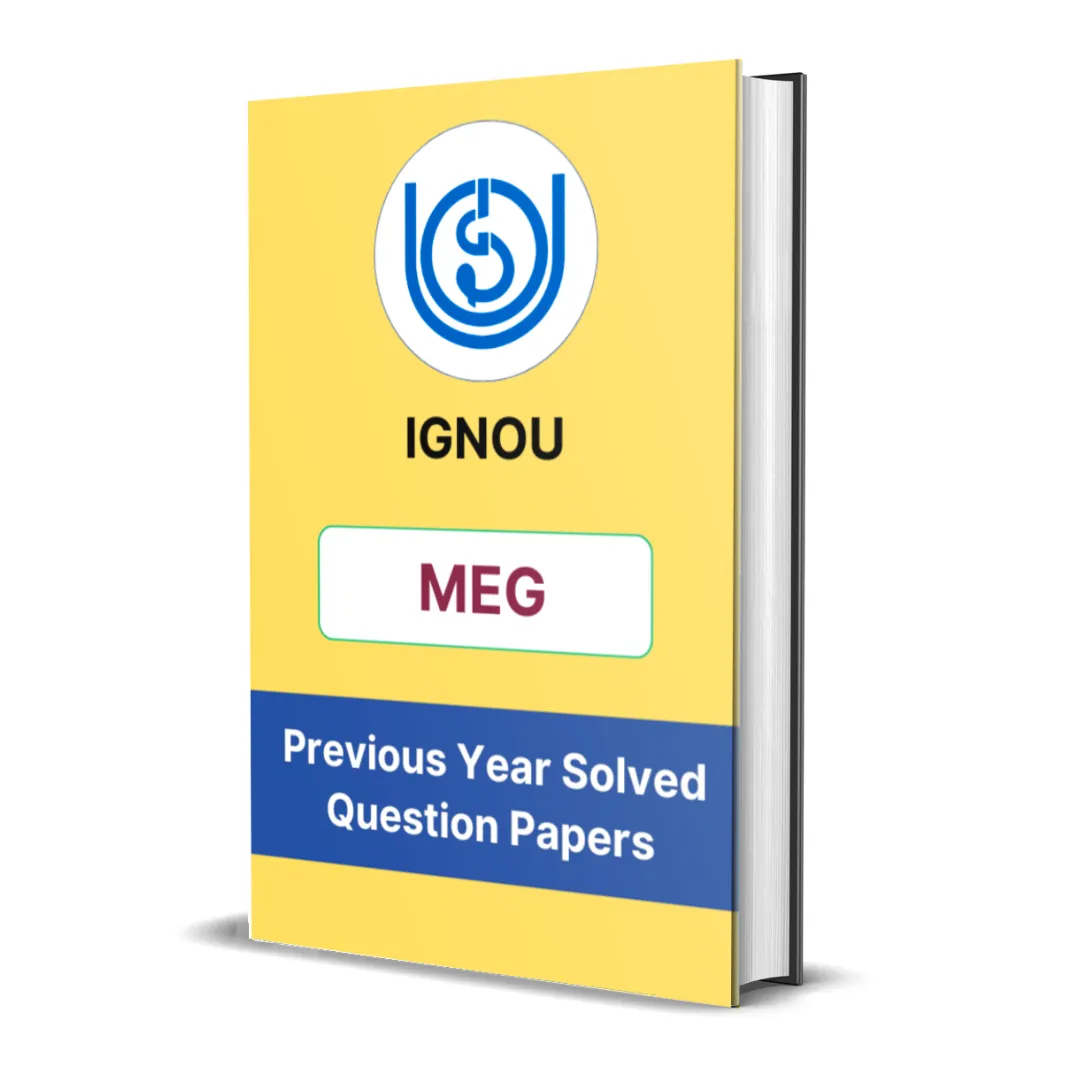Here you will get the detailed summary of IGNOU MEG 13 Block 5 – Theory, Culture and The History of Tribals.
We have provided the summary of all units starting from unit 1 to unit 6.
Introduction
IGNOU MEG-13 Block 5 focuses on the theory, culture, and history of tribal communities in India, offering a critical insight into their worldview, oral traditions, socio-political structures, and literary expressions. This block shifts the lens from Dalit discourse to Adivasi or tribal identities, which are often conflated but remain distinct in historical, cultural, and linguistic contexts. The units in this block seek to reclaim tribal subjectivity from the margins, moving beyond anthropological objectification to highlight indigenous knowledge systems, ecological consciousness, and narrative traditions that form the core of tribal literature and thought.
Unit 1 – Historical Background
This unit presents an overview of the historical marginalization and misrepresentation of tribal communities in colonial and postcolonial India. It traces how British administrators and ethnographers constructed the image of tribals as ‘primitive’ and ‘uncivilized’, thereby justifying policies of control, assimilation, or neglect. The colonial classification of tribes through censuses and gazetteers alienated them from their own fluid and diverse identities.
The unit also critiques post-independence Indian policies, showing how the state’s developmental agenda often displaced tribal populations through dams, mining, and deforestation. It emphasizes that tribal history is not simply about victimhood—it is also about resistance, survival, and resilience. The need to decolonize the narrative of tribal history and foreground tribal agency is one of the core concerns discussed.
Unit 2 – Tribal World View
This unit explores the distinct philosophical and cultural worldview of tribal communities, which stands apart from both mainstream Hindu culture and Dalit traditions. The tribal worldview is described as holistic, non-hierarchical, and ecocentric. Unlike societies built around rigid structures of caste, class, or organized religion, tribal communities emphasize:
-
Collective living and shared resources
-
Deep spiritual and symbiotic relationships with nature
-
Oral transmission of knowledge, myths, and rituals
The unit stresses that tribal cosmologies are not relics of the past but living systems of thought. They offer alternative epistemologies—ways of knowing the world that challenge dominant ideologies of progress and development. The tribal worldview values balance, harmony, and continuity, rather than competition, conquest, or accumulation.
Unit 3 – Tribal Discourse
This unit introduces the concept of tribal discourse as a literary and political intervention, distinct from Dalit discourse. While both challenge marginalization, tribal discourse often centers around issues of identity, land, memory, and cultural preservation. The unit critiques how mainstream Indian literature has historically ignored or misrepresented tribal voices, often relegating them to the realm of folklore or exoticism.
Tribal discourse includes songs, myths, legends, rituals, and storytelling, all of which are deeply rooted in community experience. With the emergence of tribal writers and intellectuals, a new genre of tribal literature has evolved—one that asserts agency, critiques the state and dominant religions, and articulates an indigenous aesthetics based on oral traditions and performative culture.
Unit 4 – Nature and Celebration in Tribal Life
This unit highlights the centrality of nature in tribal life, not just as a physical habitat but as a sacred presence. Tribals do not see nature as separate from themselves; instead, they consider forests, rivers, animals, and the cosmos as part of their extended family. Festivals and celebrations are deeply tied to seasonal cycles, agricultural practices, and spiritual beliefs.
The unit describes how music, dance, and storytelling are woven into tribal celebrations. These are not mere entertainments but modes of collective memory and cultural continuity. The unit also emphasizes that tribal resistance is often expressed through celebration, where even rituals and songs can become political acts—preserving identity in the face of erasure.
Unit 5 – Tribal Thought: Some Voices-I
This unit introduces the voices of tribal intellectuals and writers, who are crafting a counter-narrative to both mainstream historiography and upper-caste literary traditions. The first set of voices includes writers who focus on land rights, displacement, and indigenous identity. Their works often challenge state narratives and development policies, exposing how tribal lands and lives are sacrificed in the name of national progress.
These writers do not romanticize tribal life but offer critical reflections on both internal community dynamics and external oppression. Their writings—be it prose, poetry, or essays—reflect a lived tension between tradition and modernity, between survival and dignity.
Unit 6 – Tribal Thought: Some Voices-II
The second unit continues exploring tribal perspectives, this time emphasizing gender, language, and education. Many tribal women writers, in particular, bring out the intersectional challenges they face—not only as tribals but also as women within patriarchal and hierarchical structures.
These voices assert the need for education in mother tongues, preservation of oral traditions, and more inclusive state policies. They question the imposed idea of ‘upliftment’ and call instead for self-determined progress rooted in tribal worldviews. Importantly, they argue for writing as an act of cultural survival, where every story, song, or play becomes a form of resistance.

